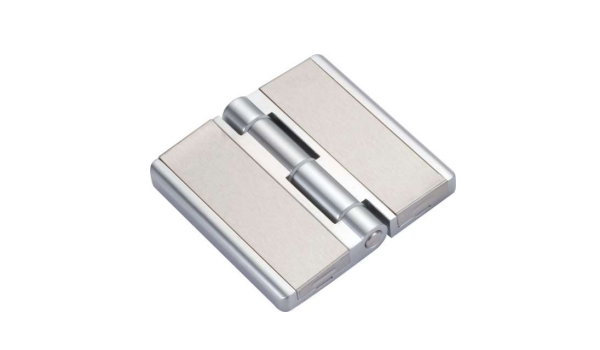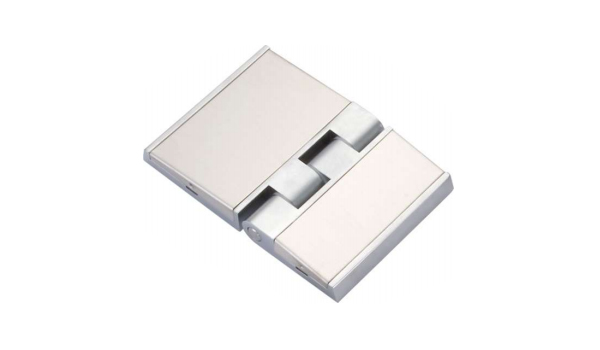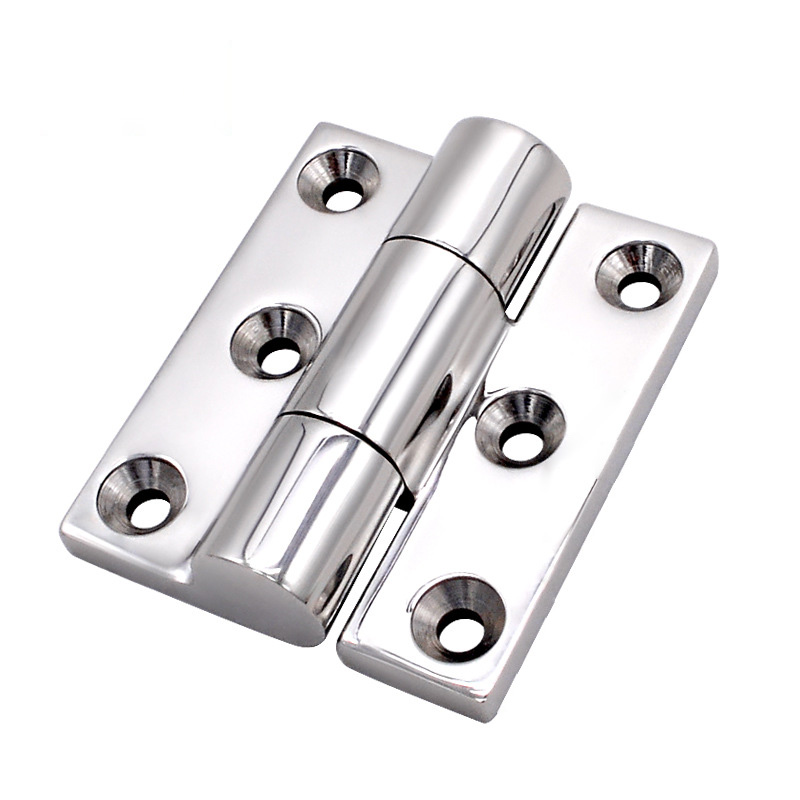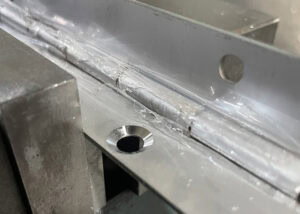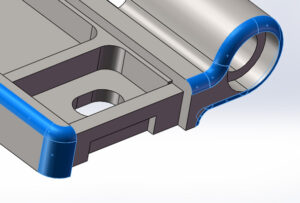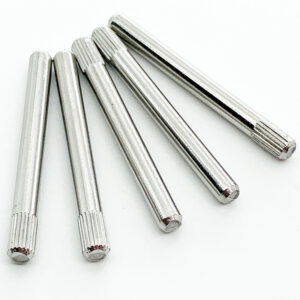Many doors only have two butt hinges, which can lead to misalignment and sagging over time. This may result in operational difficulties. Using the correct number of hinges based on door weight and usage can prevent these issues.
Some doors have only two hinges because they are lighter or used less frequently. Doors with three hinges are typically heavier, taller, or subject to more stress. Three hinges provide better support and prevent sagging over time.
Let’s explore why some doors need two hinges while others require three.
Weight and Size of the Door
The weight and height of a door are crucial factors in determining how many hinges are needed. Lighter doors, such as hollow-core interior doors, typically function well with two hinges. These doors do not require as much support because their construction is lighter, and they are used less intensively.
In contrast, heavier doors—like solid-core wooden or metal doors—demand the extra support that a third hinge offers. Taller doors, such as those used for exterior entrances, also benefit from three hinges because the added height puts more strain on the door structure, making three hinges necessary to prevent sagging or misalignment over time.
Frequency of Use
Doors that are used frequently require more support. Entry doors, for example, are opened and closed multiple times a day, leading to stress on the hinges. In this case, using three hinges helps distribute the door’s weight more evenly, reducing wear and tear on each individual hinge.
Conversely, doors that are rarely used, such as closet doors or secondary entrances, can often function well with just two hinges. Since these doors undergo less movement, they do not require the added reinforcement of a third hinge.
Preventing Door Sagging
One of the primary reasons for adding a third hinge to a door is to prevent sagging. Over time, a door mounted with only two hinges may begin to droop, especially if it is heavy or used often. This sagging can lead to misalignment, making the door difficult to open or close smoothly.
The third hinge, typically placed in the middle of the door, provides additional vertical support. This helps keep the door aligned properly and prevents it from scraping against the floor or door frame. In homes or buildings with high-traffic areas, this added stability is essential for long-term door performance.
Fire Door Regulations
Fire doors are an important example of when three hinges are not just a preference but a requirement. Due to their critical function in preventing the spread of fire and smoke, fire doors must adhere to stringent safety standards. Most fire doors are solid and heavy, necessitating three hinges to ensure the door remains functional under extreme conditions.
The third hinge provides extra strength, ensuring the door will not sag or warp in high heat. If a fire door were to lose its alignment due to hinge failure, it could potentially compromise the safety of the building’s occupants.
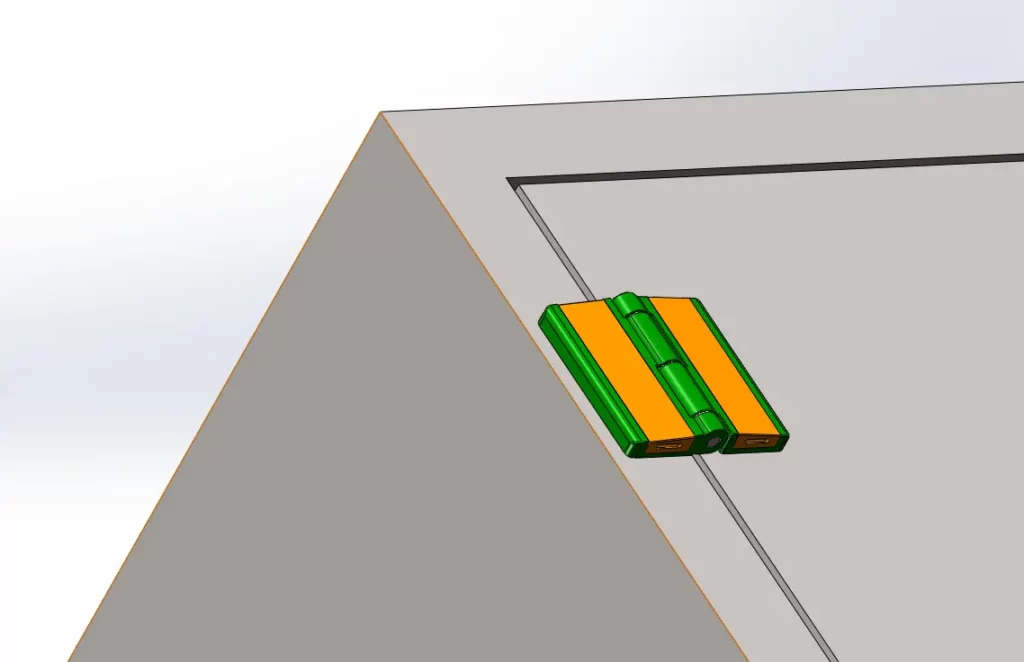
Aesthetic and Cost Considerations
For some interior doors, aesthetics and cost considerations come into play. Installing two hinges instead of three can create a cleaner, more minimalist look, especially on modern or lightweight interior doors. This approach is also more cost-effective, as fewer hinges and less hardware are needed, which can make a significant difference when installing multiple doors.
However, when functionality is a priority, such as with large entry doors, three hinges are often selected regardless of the additional cost or visual impact. In these cases, performance and durability are prioritized over appearance.
Historical Use of Two Hinges
In older buildings, you may notice that many doors are equipped with only two hinges. This was common practice in the past, when doors were often constructed from lighter materials, and building codes were less stringent. At the time, two hinges were sufficient for most interior doors, as they were designed for lighter use and less stress.
Today, modern doors—especially exterior or safety doors—are made with more robust materials and face stricter regulations, making three hinges the standard for many applications.
Proper Hinge Placement
Correct hinge placement is vital to ensuring a door operates smoothly. For doors with two hinges, the standard practice is to place one hinge 7 inches from the top and the other 11 inches from the bottom. This spacing allows for proper weight distribution and ensures the door can swing freely.
When adding a third hinge, it is typically placed in the center of the door. This central hinge helps distribute the weight more evenly across the door and provides added stability, preventing sagging and misalignment over time.
Impact of Door Material
The material from which a door is made plays a significant role in determining the number of hinges required. Hollow-core doors, commonly used in interior spaces, are lightweight and generally only require two hinges for support. These doors are easy to handle and put minimal strain on the hinges.
Solid-core doors, which are heavier and often used for exterior entrances or as fire doors, benefit from three hinges. The added weight of these doors requires the extra support that a third hinge provides to prevent sagging and ensure longevity.
Application in Specialized Settings
Certain specialized environments, such as hospitals or commercial buildings, often use three hinges on their doors. In high-traffic areas, the added durability provided by three hinges is crucial for long-term performance. Doors in these settings must withstand constant use without becoming misaligned or difficult to operate.
In addition to high-traffic areas, doors in specialized settings must meet stringent safety codes. For example, hospital doors may require three hinges to meet healthcare regulations, ensuring they remain functional in emergency situations.
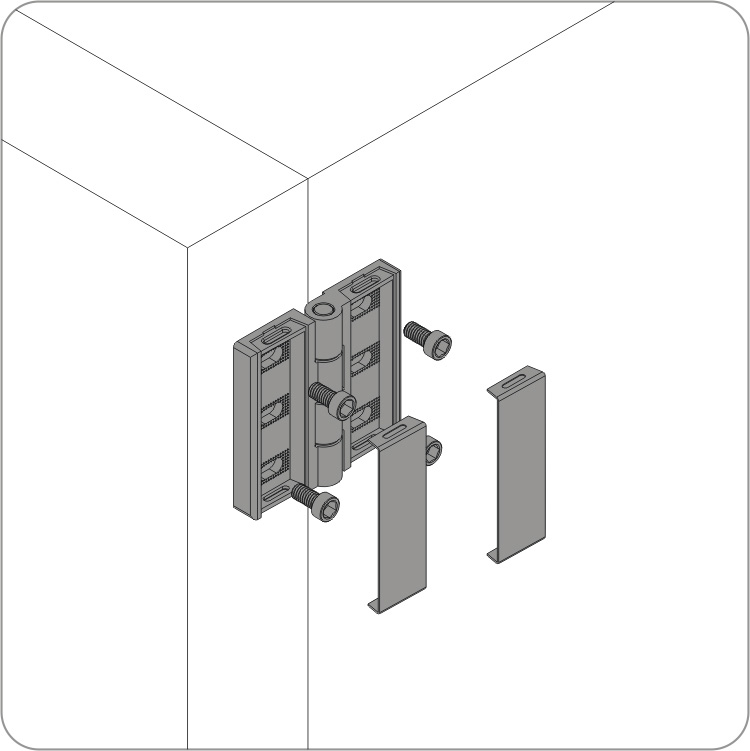
Garage and Heavy-Duty Doors
Garage doors or other large, heavy-duty doors may require more than three hinges, depending on the door’s size and weight. These doors are often made from materials like metal or reinforced wood, making them significantly heavier than standard interior or exterior doors.
The number of hinges needed increases with the door’s weight, and in some cases, four or more hinges may be necessary to ensure the door operates smoothly without putting undue strain on each individual hinge.
Conclusion
Choosing between two or three hinges depends on door weight, usage frequency, and safety requirements. Ensure the correct hinge configuration for long-lasting, smooth door performance.

